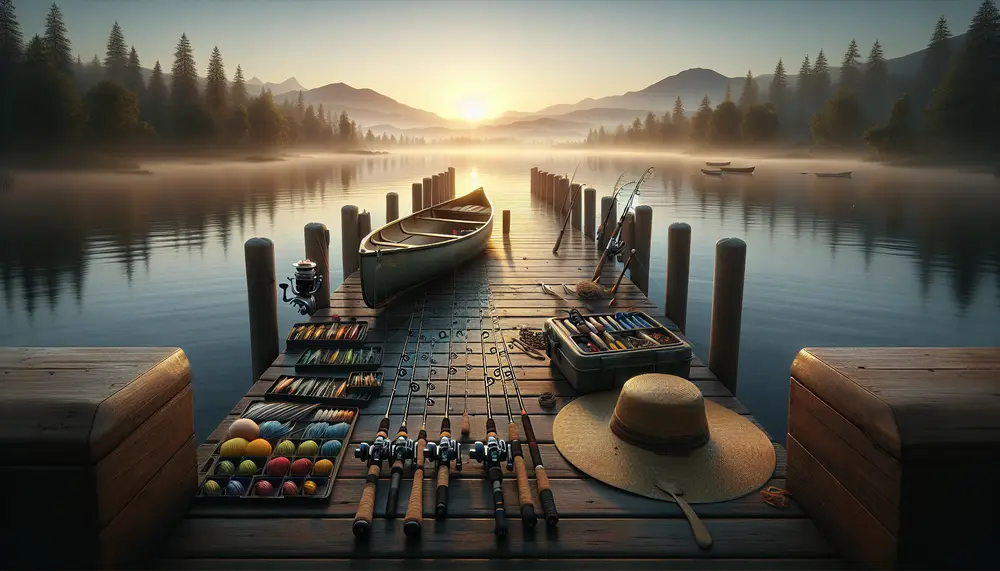Clamming
Clamming
What is Clamming?
Clamming is the act of catching clams, a type of shellfish that dwells under the surface of beachy and muddy areas. This activity is both a recreational hobby and a means of gathering food, often associated with fishing and camping excursions.
The Basics of Clamming
Unlike some fishing activities, clamming does not require complex equipment. Basic tools include a shovel or a special clamming rake to help dig through the sand, and a basket or mesh bag to carry the catch. Some prefer to wear gloves for added protection. It is also crucial to bring a tide chart with you. High tide is usually the best time for clamming as the clams are easier to spot during this period.
Why Clamming?
Clamming is not only a source of fresh seafood but also an engaging outdoor activity. It combines the joy of treasure hunting with the peace of beachcombing, making it a great option for family vacations or camping trips. What's more, clams are sustainable seafood, making clamming an ecologically responsible choice.
Clamming Season and Licenses
Different regions have specific rules regarding clamming seasons and licenses. Moreover, some areas have size and bag limits for the catch. It's always best to check with local fishing regulations before starting your clamming adventure. It is also wise to learn about any potential pollution or red tide warnings in the area, as these can affect the safety of the clams.
Types of Clams for Clamming
The type of clams you might find largely depends on your location. Some common types include the Quahog, Razor Clam, and the Manila Clam. Each has a unique flavor and texture, adding to the excitement of the clamming experience.
Final Thoughts on Clamming
From seasoned campers to novice outdoor enthusiasts, clamming can add a whole new dimension to your beach or camping experience. With minimal equipment and basic know-how, you are set to embark on a fun-filled, rewarding adventure.
Blog Posts with the term: Clamming

Fishing methods are crucial for successful angling, requiring knowledge of fish behavior and environmental factors to choose the right technique. Sustainable practices ensure long-term ecosystem health, while different environments demand specific approaches like stealth in clear waters or using scent...
